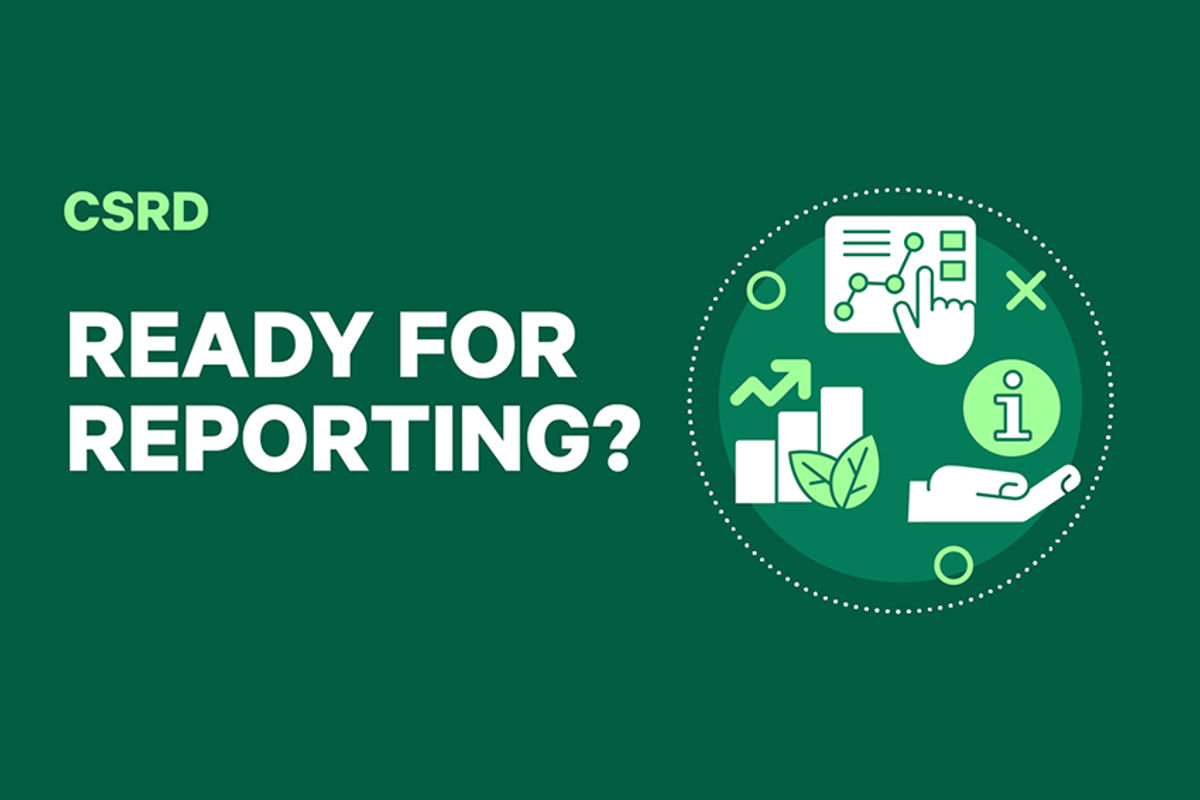Travel
Ready for reporting?

The trickiest element, however, may lie in the fact that the EU hasn’t specified what will be an acceptable calculation methodology. Plus, the legislation will be implemented on a national basis, so according to FCM Consulting global sustainability lead Glenn Thorsen, “you need to use the methodology that your market dictates.”
Thrust’s Aspen, meanwhile, advises travel and sustainability managers to ensure their chosen methodology meets the ISO 14083 standard. Adherence to it is necessary in another proposed piece of environmental legislation, Count Emissions EU, which Aspen says provides “a really good indicator of what the EU is thinking in terms of the quality mark [regulators] want to see.”
Lean on reporting partners: This could be a TMC or a carbon calculation specialist or, if data sources are extensive, a third-party data consolidator or auditor. Since the reporting requirements for some companies are just around the corner, partners at every level are leaning into sustainability.
Aspen says auditors or “assurers” can also help define what kind of data you need to be capturing. “There’s still a lot of confusion and uncertainty about what’s required and when it’s required, so the EU won’t crackdown hard in the first few years [of reporting compliance],” he adds
Look beyond TMC data: Aspen says that TMC data doesn’t provide the complete picture of a travel programme. A good emissions data strategy, therefore, will have to go outside of that source. “Some [travel] spend may only be coming through expense,” he says, like taxis or other ground transportation. “Another area that is overlooked is leakage. Go through [your] supplier list as a check-box exercise to work out where that data is.”
Establish a baseline: The implications of CSRD reporting are vast. Beyond reporting and auditing emissions data, companies must also define a CO2 reduction strategy that aligns with the United Nations’ Paris Agreement to limit global warming to 1.5 degrees Celsius and reach net zero by 2050.
“All that takes time,” Aspen cautions. As an initial step, he advises sustainability and travel teams to clearly identify a baseline year from which emissions are first calculated. This, he says, will act as the starting point for building a reduction trajectory as well as net-zero targets. This is also where additional regulation, like the newly introduced Corporate Sustainability Due Diligence Directive (CSDDD) comes into play (see below).
Moving forward, the baseline year for many companies will likely be 2023 (when travel volumes began to recover following the pandemic), however companies that have already established reporting commonly refer to 2019 as their baseline.
Contracting for carbon visibility: Collecting carbon emissions data “needs to become ‘business as usual’ procurement,” said Clarity director of corporate responsibility and sustainability Kirsty Given, speaking at the BTN Group’s Business Travel Sustainability Summit in London earlier this year. She urged companies to bake sustainability into their sourcing exercises with all kinds of suppliers, not just TMCs. “Make it part of the contracting and due diligence process … so you have data from the outset,” she said.
Keep it real: Speaking at the same event, Corporate Travel Management head of sustainability Lauren Hook stressed the importance of timing and the frequency of data flows, given that travel data often changes. “We know business travellers have on average two to three changes per itinerary, so it’s really important to focus on actual travel data, not estimates [based on booking data],” she said. The Miles Consultancy president Stuart Donnelly added that spend-based carbon calculations are to be avoided as “they don’t offer visibility into real impact.”
Allianz Commercial’s Schneider has learned all these lessons and more as he consolidated his travel programme to rationalise the data sources required for emissions reporting. But there’s still plenty of streams to pull into the reporting suite.
Currently, he says, CO2 data from air travel is “pretty robust” and that his preferred airline partners “are putting in what we need.” So he’s now focused on understanding “how we disseminate and use that [data],” not just for reporting but also to apply learnings to sourcing and policy decisions. Other data sources aren’t as turnkey. Schneider says calculating car-based CO2 emissions is a “challenge” and currently requires his team to engage ground transport suppliers for “manual collections.”
Moving into 2025, however, Schneider hopes to streamline processes by “bringing all our markets online” with one global booking tool. “We see this as an opportunity to both reduce travel data collection points and enhance its standards/visibility so that we are in a strong position for CSRD,” he says.
Similarly, Aveva’s Crowe says understanding the methodologies used to calculate CO2 emissions data is key to attaining third-party assurance.
“At its core, assurance is about traceability and having [data] sources… it’s natural for there to be missing information and gaps. That’s fine as long as the assumptions are sound and the methodology is recorded,” she says.
Her advice to travel managers and sustainability teams? “Start now. Detail everything.”










